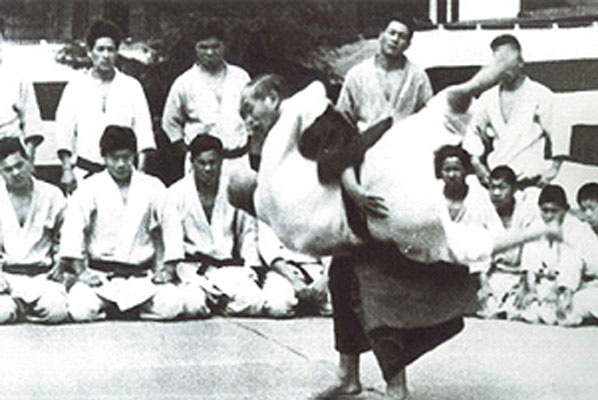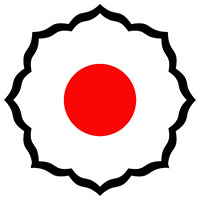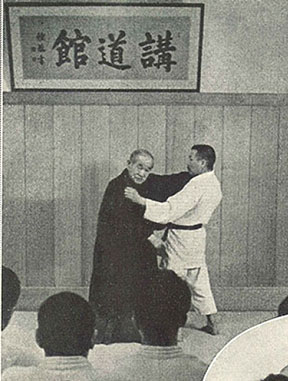Judo is a Japanese martial art that aims at strengthening trainees’ bodies and minds through its training. During the session a player grips the opponent and makes an effort to subdue him/her by throwing or holding.
Trainees may have respective reasons to start Judo practice. Some people start their practice for fitness while others start practice to become stronger, to lose weight healthfully or to learn safer ways of falling down.
Although trainees may have various motivations initially, the goal of Judo is to develop fine people.
Let’s learn the Rei mind through Judo training and become a fine person who is strong both physically and mentally and who willingly contributes to society.







